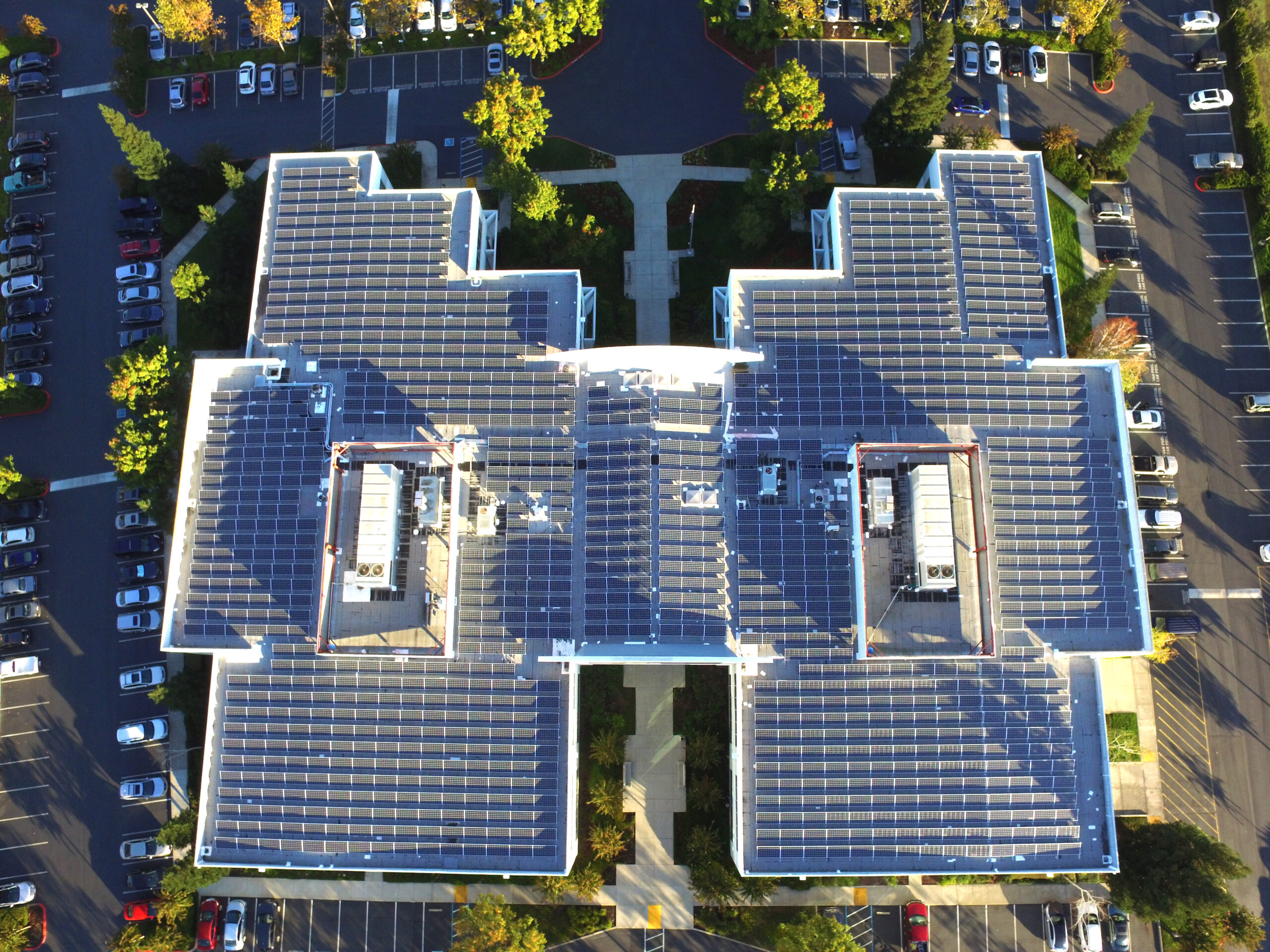By CitiGreen Inc. | Nov 05, 2025
As the U.S. solar industry prepares for 2026, one of the biggest unknowns is how new FEOC regulations will affect equipment sourcing, project costs, and tax credit eligibility. FEOC stands for Foreign Entity of Concern, a federal classification that restricts the use of components manufactured by entities linked to certain foreign governments.
These rules were created to strengthen domestic supply chains and ensure that federal clean energy incentives support U.S. manufacturing. However, many developers, including CitiGreen, are watching closely as additional requirements are expected to take effect in early 2026.
What the FEOC Rules Mean
Beginning in 2026, projects that rely on solar modules, inverters, or other components sourced from foreign entities of concern may no longer qualify for full federal tax credits. The intent is to reward the use of American-made equipment and limit dependence on imported materials.
While these regulations support long-term energy security, they could also create short-term challenges such as:
- Fewer qualified equipment suppliers.
- Higher manufacturing and logistics costs.
- Supply bottlenecks for compliant products.
CitiGreen’s current solar equipment partners, including QCELLS and Hyundai, are fully compliant under today’s rules. However, no one can guarantee that the same equipment will continue to qualify once new regulations take effect in 2026.
Why This Matters for Commercial Solar Pricing
FEOC compliance affects more than just paperwork. It determines whether a solar project qualifies for 40 to 50 percent federal tax credits through the Investment Tax Credit (ITC). If a component becomes ineligible next year, the project could lose access to those savings entirely.
This is why CitiGreen is advising clients to lock in contracts before the end of 2025.
Signing now ensures:
- Access to verified FEOC-compliant equipment under current pricing.
- Qualification for the 2025 Investment Tax Credit.
- Secure placement in the utility interconnection queue before it fills up in 2026.
Once manufacturers adjust to new compliance requirements, market prices are expected to rise. Early projects avoid that volatility.
How FEOC Impacts Incentives
The federal Investment Tax Credit and related domestic content bonuses depend on certified component sourcing. When new FEOC restrictions begin in 2026, the definition of “qualifying domestic content” may change.
This means even equipment that is U.S.-assembled today might not meet future standards. The result could be fewer eligible suppliers and longer wait times for materials.
By starting projects in 2025, businesses can take advantage of today’s known qualification criteria and avoid the uncertainty that comes with changing rules.
What Businesses Should Do Before the End of 2025
- Request a free proposal from CitiGreen using your past year of electric bills.
- Review your 2025 and 2026 comparison pricing to see how much FEOC changes could affect cost.
- Sign your contract and place your 10 percent deposit before December 31, 2025 to secure compliant materials.
- Allow CitiGreen to manage design, engineering, and interconnection early to avoid 2026 bottlenecks.
Taking these steps now ensures your project qualifies for full tax credits under current federal standards.
Why Choose CitiGreen
CitiGreen has more than a decade of experience designing, financing, and constructing commercial solar systems across Northern California. We work only with trusted, U.S.-compliant manufacturers and continuously monitor federal policy updates to protect our clients’ investments.
Our team understands both the technical and financial sides of FEOC compliance, from equipment sourcing to documentation for tax advisors. We make it easy to move forward with confidence under current rules.
The Bottom Line
FEOC regulations are intended to strengthen American manufacturing but will likely drive higher solar equipment prices starting in 2026. Projects that begin before the end of 2025 can lock in compliant materials, preserve eligibility for 40 to 50 percent federal tax credits, and avoid supply delays next year.
CitiGreen is encouraging businesses to act now while all major equipment partners remain fully compliant and incentives are at their peak.
Contact CitiGreen today to request your free proposal and secure your 2025 pricing and incentives while they last.




